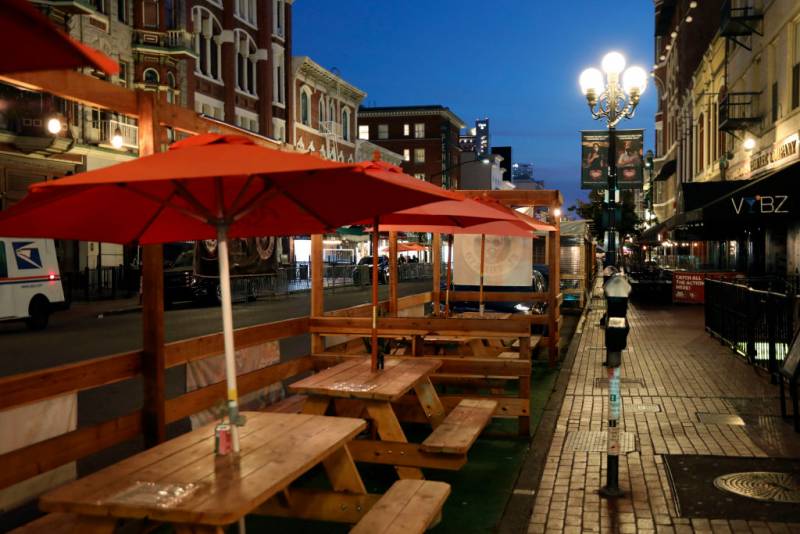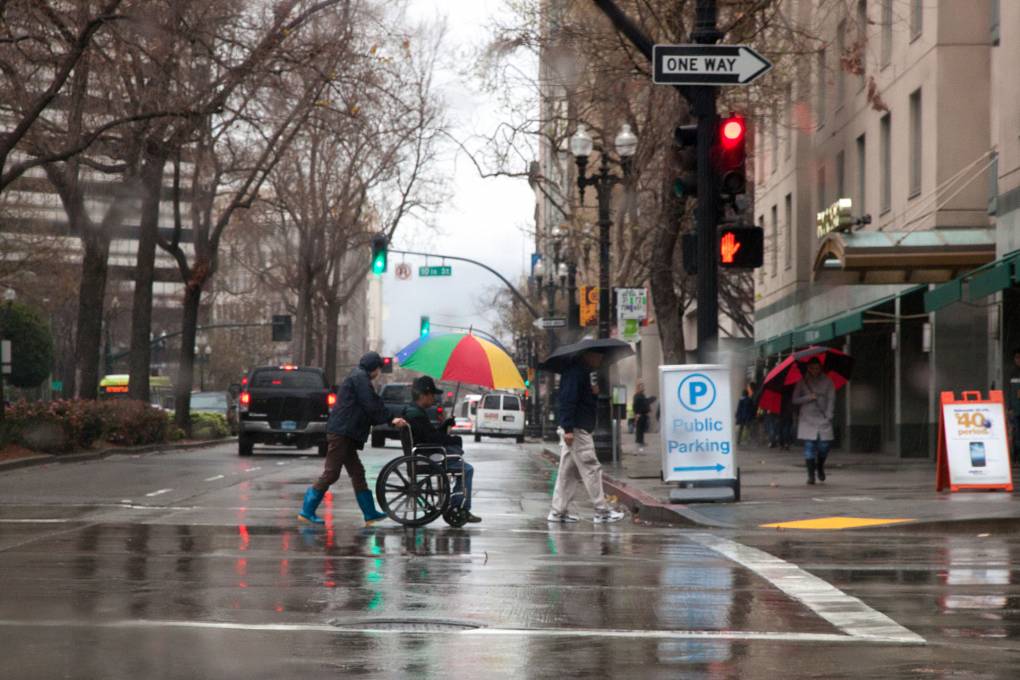Update, Monday, Nov. 30: As coronavirus trends worsen in California — and across the country — the state over the weekend downgraded another nine counties to stricter reopening tiers. They include include San Francisco, San Mateo, Calaveras, Modoc and Plumas counties, which were all moved to the most restrictive purple tier, signifying widespread transmission rates.
That puts a total of 51 of California’s 58 counties in the purple tier, accounting for 99% of the state’s population, or 38.8 million of its 39.1 million residents. Those counties are now all required to adhere to the state’s stay-at-home order and must also close indoor operations of restaurants, gyms, houses of worship, movie theaters and a host of other indoor entertainment venues.
Original post, Nov. 23: Gov. Gavin Newsom telling me to stay at home? Across California, some residents are bristling at the thought.
Hundreds of people gathered on the Saturday before Thanksgiving in Huntington Beach to protest the state’s recent stay-at-home order, which prohibits nonessential trips between the hours of 10 p.m. and 5 a.m. A smaller protest in Fresno drew about 50 disgruntled residents.

